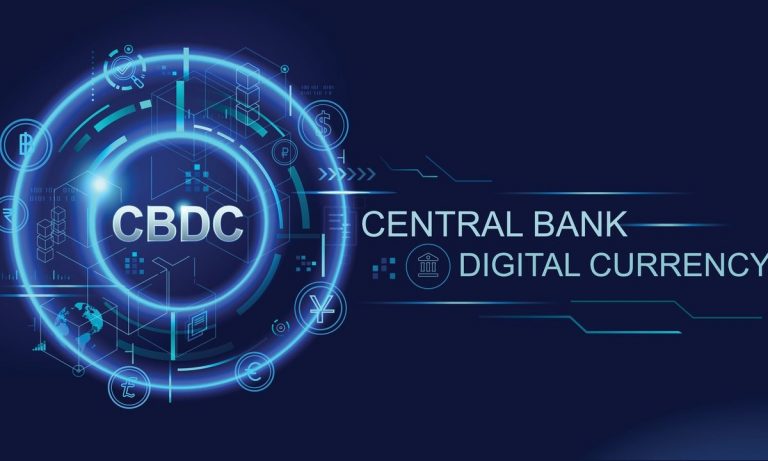
The Philippines is one of the countries that is exploring the possibility of launching a central bank digital currency (CBDC), a digital form of fiat money that is issued and regulated by the central bank. However, unlike some other countries that are considering using blockchain technology to power their CBDCs, the Philippines has ruled out this option for now.
According to a report by The Philippine Star, the Bangkok Sentral ng Pilipinas (BSP), the country’s central bank, has no plans to use a blockchain for its future CBDC. The report quoted BSP Governor Benjamin Diokno, who said that the central bank is still studying the pros and cons of different technologies for its digital currency project, but that blockchain is not among them.
Diokno explained that blockchain is more suitable for decentralized applications, such as cryptocurrencies, that do not require a central authority or intermediary. However, a CBDC is a centralized system that is controlled by the central bank, and therefore does not need a blockchain to ensure its security and transparency.
Tekedia Mini-MBA edition 16 (Feb 10 – May 3, 2025) opens registrations; register today for early bird discounts.
Tekedia AI in Business Masterclass opens registrations here.
Join Tekedia Capital Syndicate and invest in Africa’s finest startups here.
He also said that blockchain is too complex and costly for a CBDC, and that it may pose challenges in terms of interoperability, scalability and efficiency. He added that the BSP is looking at other technologies that are simpler, faster and cheaper for its CBDC.
The BSP launched a formal study on the feasibility and policy implications of issuing a CBDC in July 2020, and expects to complete it by the end of 2024. The central bank has said that it is open to the idea of a CBDC, but that it needs to weigh its potential benefits and risks carefully before making any decision.
Some of the benefits of a CBDC that the BSP is considering include enhancing financial inclusion, reducing transaction costs, improving monetary policy transmission and supporting digital transformation. Some of the risks include cyberattacks, privacy issues, financial stability concerns and legal challenges.
The Philippines is not alone in excluding blockchain from its CBDC plans. Other countries, such as Sweden and Japan, have also opted for other technologies for their digital currency experiments. However, some countries, such as France, Singapore and Thailand, have tested or are testing blockchain-based CBDCs in collaboration with private sector partners.
However, unlike some other countries that are experimenting with blockchain or distributed ledger technology (DLT) to power their CBDCs, the Philippines has decided to rule out this option for its wholesale CBDC, which is expected to launch within the next two years.
According to the Inquirer, the governor of the Bangkok Sentral ng Pilipinas (BSP), Eli Remolona Jr., said that other central banks have tried blockchain for their CBDCs, but it didn’t go well. He did not specify which central banks or what problems they encountered, but he suggested that blockchain may not be suitable for a wholesale CBDC, which is intended for institutional use only, such as interbank payments and settlements.
A wholesale CBDC differs from a retail CBDC, which is designed for general public use, such as consumer payments and remittances. The BSP has decided to limit its CBDC project to wholesale only, citing concerns that a retail CBDC could exacerbate bank runs in times of financial stress. Remolona said that a wholesale CBDC could improve the efficiency and safety of domestic and cross-border payments, as well as reduce operational costs and risks.
The BSP’s stance on blockchain contrasts with some other central banks that are actively pursuing DLT for their CBDCs. For instance, China’s digital yuan, which is currently undergoing extensive trials, is based on a hybrid architecture that combines a centralized system with some decentralized elements.
The Bahamas’ sand dollar, which became the world’s first fully deployed CBDC in 2020, also uses a DLT platform that allows for offline transactions and integration with existing payment systems.
The Philippines’ decision to launch a wholesale CBDC without blockchain may reflect its pragmatic approach to digital innovation and financial inclusion. The country has been supportive of fintech and crypto initiatives, such as allowing licensed virtual currency exchanges to operate and testing a pilot program for a retail CBDC in partnership with the Alliance for Financial Inclusion.



